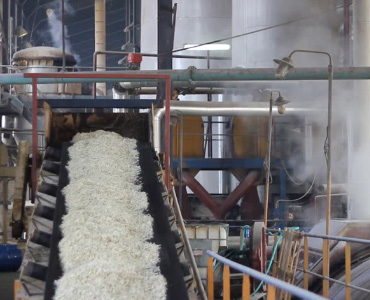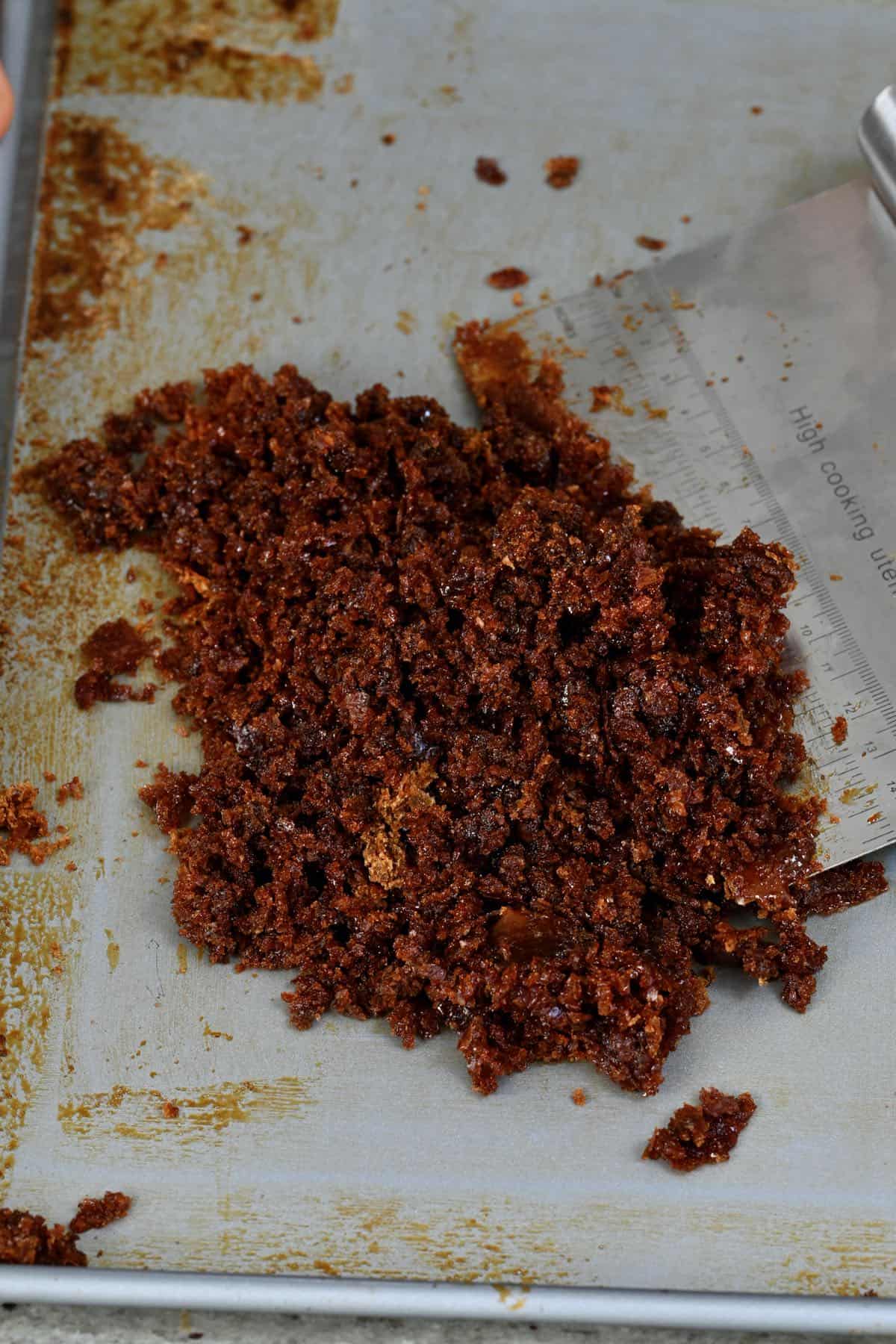Advanced Cane Sugar Processing Chemicals: Improve Purity and Taste
Advanced Cane Sugar Processing Chemicals: Improve Purity and Taste
Blog Article
Maximizar Rendimientos Y Minimizar Costos: Estrategias Avanzadas Para La Optimización Química Del Procesamiento De Azúcar De Caña
In the world of walking cane sugar processing, the pursuit of maximizing returns while simultaneously minimizing expenses stands as a powerful difficulty that needs a critical mix of innovative chemical optimization strategies. The complexities of this venture explore the core of effectiveness, where every element of the procedure plays an essential duty in attaining ideal outcomes. By exploring the details of chemical analysis, enzyme use, pH control, filtering, and distillation approaches, a landscape abundant with possibilities for improvement and advancement arises. Among this complex web of strategies exists the assurance of unlocking untapped capacity and changing the very significance of sugar manufacturing. Cane Sugar Processing Chemicals.
Chemical Analysis for Performance
Chemical evaluation plays a critical duty in boosting the effectiveness of sugar walking cane handling by offering critical understandings right into the composition and residential or commercial properties of the raw products. By carrying out in-depth chemical evaluations on sugar walking stick examples, cpus can determine the precise focus of sucrose, glucose, fructose, and various other parts present in the raw product. This info is important for maximizing the different stages of the sugar walking cane processing chain, from milling to crystallization.
In addition, chemical analysis allows processors to determine contaminations such as natural acids, proteins, and minerals that can affect the high quality and return of the final sugar product. By measuring these pollutants, cpus can implement targeted strategies to get rid of or minimize their results, eventually improving the general efficiency of the handling plant.
Additionally, chemical analysis helps with the surveillance of process parameters such as pH, temperature, and thickness, enabling cpus to make real-time adjustments to ensure optimal conditions for sugar removal and formation. In general, an extensive understanding of the chemical composition of sugar cane is important for maximizing yields, decreasing prices, and keeping high product top quality in the sugar manufacturing industry.

Enzyme Utilization for Raised Returns
With a critical method to enzyme application, sugar walking cane cpus can considerably enhance their yields while maintaining operational efficiency in the manufacturing process. Enzymes play a crucial duty in sugar cane processing by damaging down complicated carbs right into less complex sugars, therefore raising the total sugar extraction effectiveness. By including particular enzymes customized to target the various components of sugar walking stick, such as cellulose and hemicellulose, processors can improve the launch of sugars throughout removal.
Enzyme application supplies the advantage of optimizing sugar yields from the raw material while decreasing the power and sources needed for processing. Via mindful option and application of enzymes, sugar cane cpus can maximize see this site their procedures to achieve higher yields and earnings.
Ph Control for Optimum Handling
Enzyme use for increased yields in sugar walking cane handling lays the structure for addressing the vital facet of pH control for optimal handling performance. Maintaining the appropriate pH level throughout different phases of sugar walking cane handling is essential for making best use of returns and look at here decreasing costs. By thoroughly keeping an eye on and changing the pH degrees at various handling actions, sugar cane processors can enhance sugar recuperation rates, reduce chemical use, and optimize the overall production process.
Advanced Filtration Techniques
Implementing advanced filtration methods in sugar walking stick processing enhances the efficiency and pureness of the last item with fine-tuned separation methods. By incorporating cutting-edge filtration modern technologies, such as membrane layer filtering and triggered carbon filtration, sugar cane handling plants can attain greater degrees of sugar recuperation and boosted high quality control.

Turned on carbon purification is an additional sophisticated method that aids in the elimination of colorants, off-flavors, and recurring pollutants from sugar cane items. By making use of triggered carbon's adsorption residential properties, this filtering technique enhances the quality and preference of the sugar, meeting the high standards required by consumers and industry guidelines.
Energy-Efficient Purification Approaches
Energy-efficient distillation approaches are necessary for optimizing the sugar walking stick processing market's power usage while keeping high-grade product requirements. Traditional purification procedures can be energy-intensive, resulting in greater production expenses and ecological impacts (Cane Sugar Processing Chemicals). Carrying out energy-efficient purification methods, such as vacuum cleaner purification or molecular distillation, can dramatically lower energy demands while enhancing general procedure efficiency
Vacuum purification includes decreasing the stress within the distillation system, which lowers the boiling factor of the liquid mixture being refined. This decrease in boiling point reduces the energy required for evaporation, resulting in energy cost savings contrasted to standard distillation methods.
On the other hand, molecular distillation uses short path distillation strategies under high vacuum cleaner problems to different compounds based on their molecular weight. This method is particularly efficient you can look here for heat-sensitive compounds, as it operates at reduced temperatures, minimizing power usage and maintaining item top quality.
Verdict

Report this page